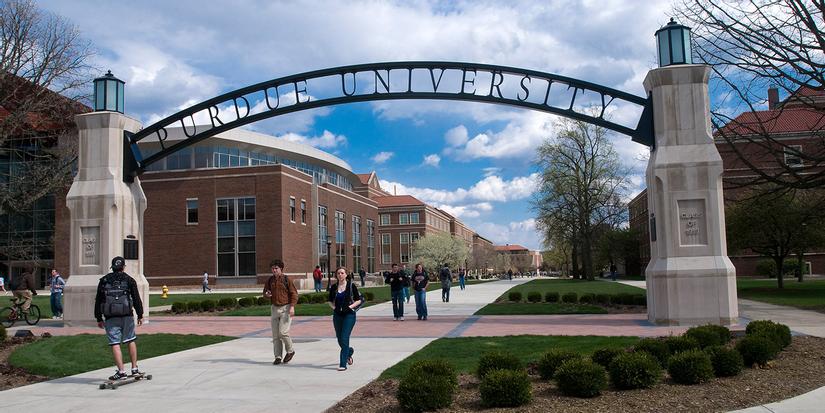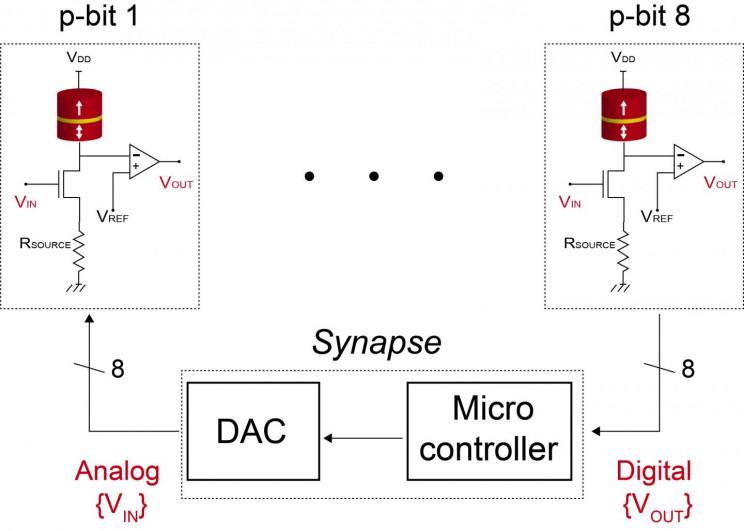The article was translated from “Poor man’s qubit can solve quantum problems without going quantum” in Science Daily
Quantum computers will need to evolve over many decades to be ready to solve problems that today’s classical computers are unable to solve. However, now there is an emerging concept called “probability computer” that can bridge the gap between classical and quantum computing.
Engineers at Purdue University in the United States and Tohoku University in Japan built the first hardware to demonstrate the basic unit of probability computers – also known as p-bits – capable of doing so. A calculation that a quantum computer is usually required to perform.

The study, published in the journal Nature on September 18, 2019, introduces a device as the basis for building probabilistic computers, to effectively address issues in the field of ghost research. drugs, encryption, cyber security, financial services, data analysis and logistics supply chains.
Differentiate between classical computers, quantum computers and probability calculators
Today’s classic computers store and use information in bits. A bit can accept one of two values: 0 or 1. Quantum computers using qu-bits can give 2 values 0 and 1 at the same time. In 2017, in 2017, a Purdue University research team led by Supriyo Datta professor of electrical and computer engineering, proposed the idea of a p-bit-capable computer. equal to 0 or 1 at any time and fluctuate quickly between 2 values.
“There is a useful subset of problems that can be solved with qu-bits and can also be solved with p-bits. You can say that p-bit is a ‘poor qubit’, “Datta said. While qu-bits need really cold temperatures to operate, p-bits operate at room temperature like today’s electronics, so current hardware can be tuned to make a probability calculator.
How does probability calculator work?
 For the first time, researchers have demonstrated a way to build a probability calculator. The board includes a modified version of the magnetic random access memory device (in red) to connect 8 p-bits.
For the first time, researchers have demonstrated a way to build a probability calculator. The board includes a modified version of the magnetic random access memory device (in red) to connect 8 p-bits.
The team built a device that is a modified version of magnetic random access memory (MRAM) that is used by some types of computers to store information. This technology uses the orientation of magnets to create the corresponding resistor states of 0 or 1.
Researchers from Tohoku University, including William B Border, Shusuke Fukami and Hideo Ohno, changed an MRAM device, intentionally making it inoperable to create better conditions for p- bit. Purdue University researchers combined the device with a transistor to create a volatile three-pole device that can be controlled. Eight such p-bit units have been connected to build a probability computer.
What happened when the probability calculator was put to the test?
